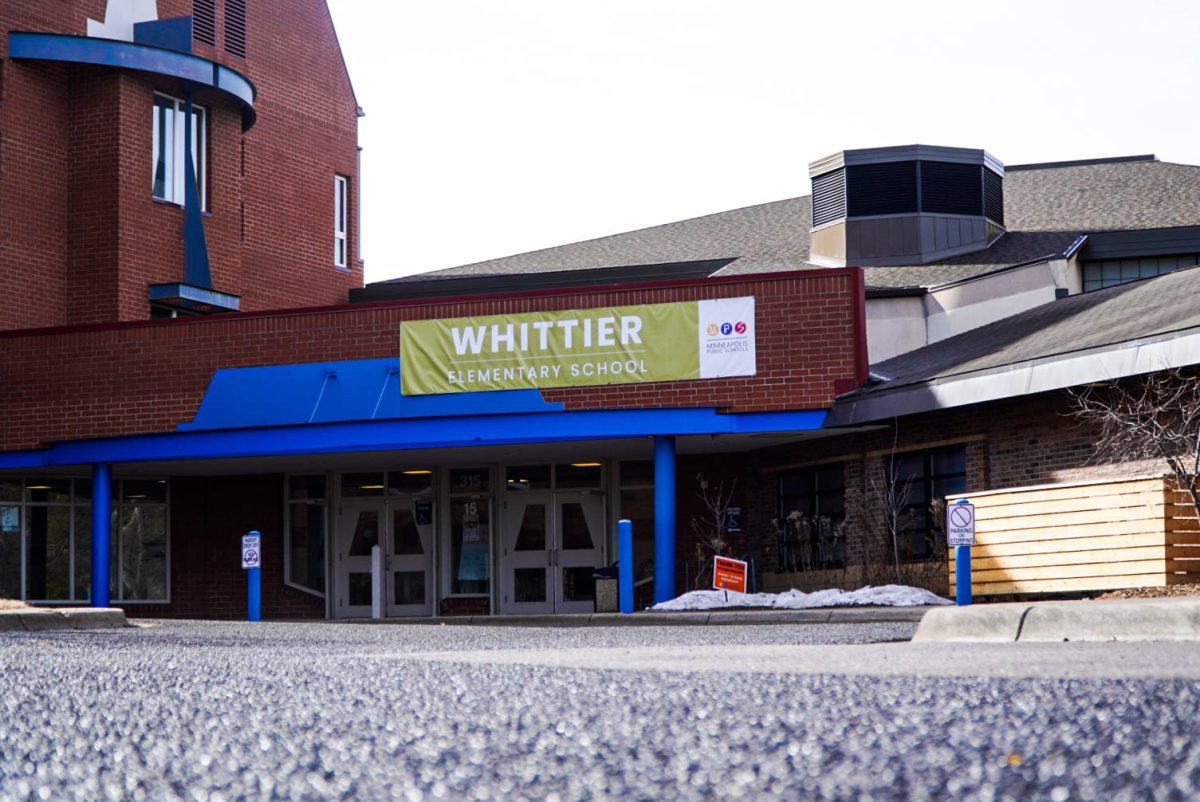A new City of Minneapolis housing policy meant to bolster affordable housing is opening up discussion about where students fit into the issue.
The Minneapolis City Council excluded student housing from the interim inclusionary zoning policy when it passed Friday, which mandates developers to set aside some affordable units in every large-scale project. The policy, set to go into effect Jan. 1, will set the foundation for a more comprehensive future ordinance.
Ward 3 Council member Steve Fletcher said even if student housing were included in the City policy, federal regulations often exclude students from qualifying for affordable housing. This leaves student housing in a gray area for policies like inclusionary zoning.
“We’ve run into a lot of problems with how these affordable units are funded. If we just applied the same program to student housing that we applied to everything else, the affordable units wouldn’t go to students,” said Fletcher.
Minneapolis defines affordable housing as being occupied by households with an income at or below 60 percent area median income.Student housing is defined by the City as a project near or owned by a college where 60 percent of units are expected to be leased to students.
Fletcher said he and other Council members have committed to creating a student-tailored affordable housing program, which many other cities have neglected to do.
“As far as I know, students are getting screwed all over the country, and this is something we need to step up and show leadership on, but this is not something that’s easy,” Fletcher said.
A tentative outline for the program could account for student debt as part of income qualifications for affordable housing. However, Fletcher said Minneapolis would not be able to use federal funds to finance affordable units for students.
Andrea Brennan, Minneapolis Housing Policy and Development director, said attaching affordable requirements to student housing is complicated because student income is hard to determine. Some students who are dependents of wealthy parents wouldn’t actually need rent at below market rate.
“There are a lot of challenges in being able to qualify student income for purposes of determining who needs affordable housing and who doesn’t need affordable housing,” Brennan said.
The majority of cities that have adopted inclusionary zoning do not exclude student housing, said Stephanie Reyes, policy manager at Grounded Solutions Network. Reyes company was contracted by the City to make recommendations about inclusionary zoning implementation in Minneapolis.
Reyes said most cities with inclusionary zoning policies allow developers to pay a fee in lieu of providing affordable units in any project, including student housing. This is not an option for the Minneapolis interim version.
The City could decide to drop the student housing exemption as it considers how to add onto the ordinance in the next two years, Reyes said.
“I think it would be a phenomenal outcome if … units were available to students at an affordable price. Legally, that’s a difficult question,” she said.
Meanwhile, areas near the University of Minnesota campus have seen a flurry of new housing as developers eye the remaining available real estate in the City.
A majority of recent developments in Prospect Park would have been affected by inclusionary zoning, said Stephen Klimek, project manager at the Towerside Innovation District. He estimated that the average unit count for a new development in the neighborhood is more than 100.
Generally, developers stick to building one kind of housing, like market rate or affordable, rather than a mix, Klimek said.
“Inclusionary zoning would force investors … to contend with that and invest in different kinds of projects,” he said.












